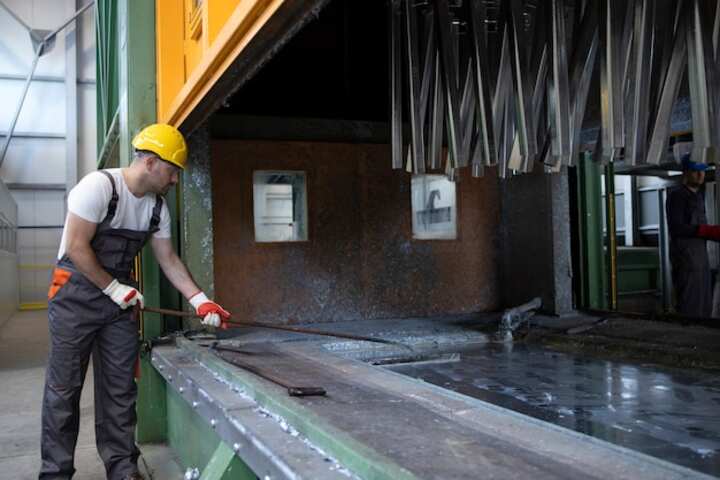
Expert Soil Stabilization Services Near You
Soil stabilization is a critical process in construction and civil engineering that involves altering soil properties to enhance its strength and stability. This can prevent erosion, reduce dust, and improve load-bearing capacities, making it a vital procedure for infrastructure development. For property owners and project managers, understanding the intricacies of soil stabilization and finding expert services nearby can ensure the longevity and safety of their structures.
Understanding Soil Stabilization
Soil stabilization is achieved through various methods, depending on the type of soil and the required outcome. The primary goal is to enhance the physical properties of the soil, making it more suitable for construction purposes.
Common Methods of Soil Stabilization
- Lime Stabilization: Adding lime to soil increases its pH, reduces plasticity, and improves strength. It is particularly effective for clay soils.
- Cement Stabilization: Cement is mixed with soil to form a more solid mass that is less susceptible to water ingress and movement.
- Bitumen Stabilization: Used mainly in road construction, bitumen binds soil particles together and provides a waterproof layer.
- Chemical Stabilization: Various chemicals are used to alter soil properties, making it more dense and stable. This can include polymers or other proprietary chemicals.
- Mechanical Stabilization: This involves the physical compaction of soil or the mixing of various soil types to achieve desired properties.
For a more detailed understanding of these methods, read more about this topic.
Benefits of Professional Soil Stabilization Services
Engaging expert soil stabilization services can provide numerous advantages, ensuring that construction projects are not only successful but also sustainable in the long term.
Advantages Include:
- Enhanced Load-Bearing Capacity: Properly stabilized soil can support heavier loads, reducing the risk of structural failure.
- Reduced Erosion and Dust: Stabilized soil is less prone to erosion, which helps maintain the integrity of the landscape and reduce airborne dust.
- Improved Water Management: Stabilized soil often has better water retention and drainage, preventing waterlogging and associated problems.
- Cost Efficiency: By improving soil properties, the need for expensive soil replacement or extensive groundwork is minimized.
- Environmental Benefits: Many stabilization methods use environmentally friendly materials that have minimal impact on the surrounding ecosystem.
For further insights on the benefits, learn more in this detailed guide.
Choosing the Right Soil Stabilization Services
When seeking professional soil stabilization services, several factors should be considered to ensure the best outcomes for your project.
Key Considerations:
- Expertise and Experience: Look for services that have a proven track record of successful projects in soil stabilization.
- Use of Modern Techniques: Ensure that the service provider uses the latest technology and methods to achieve effective results.
- Customized Solutions: Each project is unique, so it's essential that the provider offers tailored solutions to meet specific soil conditions and project requirements.
- Comprehensive Assessment: A thorough assessment of the soil and site conditions should be conducted before any stabilization work begins.
- Environmental Considerations: The chosen methods should be environmentally responsible, with minimal ecological impact.
To explore further insights into selecting the right service, explore further insights here.
Conclusion
Soil stabilization is a crucial element in ensuring the success and sustainability of construction projects. By understanding the various methods and benefits, as well as selecting the right professional services, project managers and property owners can significantly enhance the safety and durability of their structures. For those seeking expert guidance and services, finding a reliable provider nearby is a step towards achieving construction goals with confidence. Find additional information here to guide your decisions in soil stabilization.